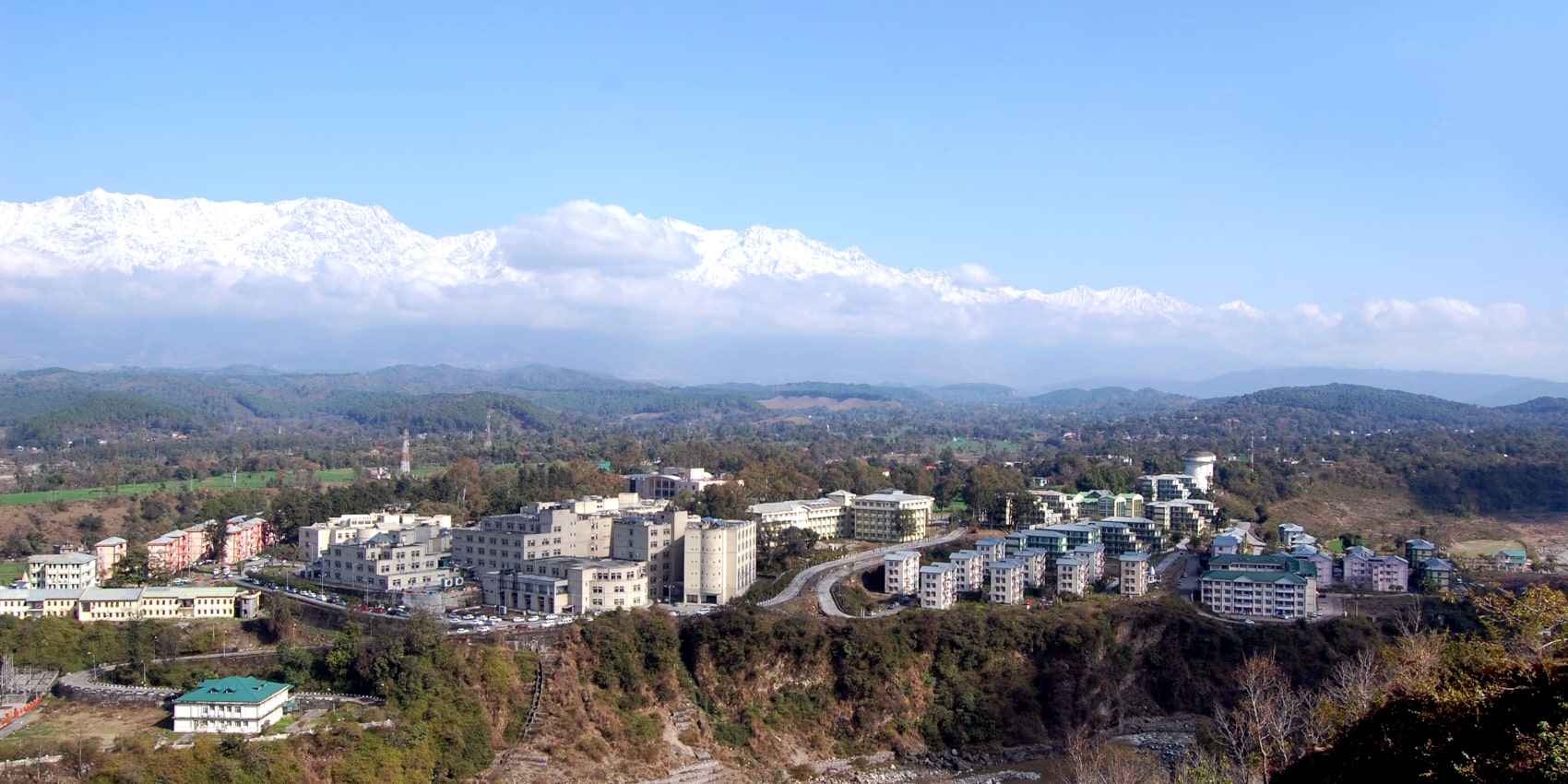India has shown a remarkable surge in the number of tigers in the country, according to the latest census data released by Prime Minister Narendra Modi on April 9, 2023. The tiger population has been on the rise in recent years, which is a positive sign for conservation efforts in the country. In this article, we will delve into the tiger census data, the history of Project Tiger, and the newly launched International Big Cats Alliance.
PM Modi Releases Tiger Census Data On April 9, 2023, Prime Minister Narendra Modi announced that India’s tiger population had increased significantly to 3,167 in 2022, up from 2,967 in 2018. India aims to maintain a viable tiger population based on a scientifically calculated carrying capacity of habitats while maintaining a balance between development and wildlife conservation.
Project Tiger
A Brief History The Indira Gandhi government launched Project Tiger in 1973, which celebrated its golden jubilee on April 1, 2023. The project aimed to protect tigers and their habitats while maintaining a balance between development and wildlife conservation. With only nine tiger reserves in 1973, India now has 51 reserves spread across 18 states, covering over 70,000 square kilometers. The success of Project Tiger can be attributed to the stringent conservation efforts and the government’s dedication towards preserving wildlife.
International Big Cats Alliance Launched by PM Modi on April 9, 2023, the International Big Cats Alliance (IBCA) focuses on the protection and conservation of the seven major big cats of the world, namely the Tiger, Lion, Leopard, Snow Leopard, Puma, Jaguar, and Cheetah. The alliance includes the membership of range countries that harbor these species. The IBCA aims to promote conservation, sustainable management, and restoration of habitats and ecosystems, mitigate human-wildlife conflicts, and prevent poaching and illegal trade in big cats.
PM Modi’s Call for an Alliance of Global Leaders In July 2019, PM Modi called for an ‘Alliance of Global Leaders’ to “obliterate demand” for illegal wildlife trade. India is a party to the Convention on International Trade in Endangered Species of Wild Fauna and Flora (CITES) and plays a significant role in combating wildlife trafficking. The IBCA is a result of PM Modi’s vision to protect big cats and their habitats, and his call for an alliance of global leaders to work towards a common goal.
Threats to Tigers Despite better technology and protection mechanisms, poaching remains the biggest threat to the big cats besides habitat fragmentation and degradation. Poaching is a grave concern for conservationists, as tigers’ skin, bones, and other body parts are in high demand in the illegal wildlife trade. Habitat fragmentation and degradation are other significant threats to the tiger population, as it reduces their territory and prey base.
PM Modi’s Visit to Tiger Reserves PM Modi recently visited Bandipur Tiger Reserve in Chamarajanagar district, where he interacted with frontline field staff and self-help groups involved in conservation activities. The Prime Minister praised the efforts of the frontline staff and emphasized the need to involve local communities in conservation efforts. He also visited the Theppakadu Elephant camp in Mudumalai Tiger Reserve and stressed the importance of creating a balance between development and wildlife conservation.
India’s tiger population is on the rise, thanks to the efforts of Project Tiger, the government, and conservationists. The newly launched International Big Cats Alliance and PM Modi’s vision to protect big cats and their habitats will go a long way in preserving these magnificent creatures. However, poaching and habitat degradation are still major threats to the big cats, and

























Wow, fantastic blog format! How lengthy have you ever been blogging for?
you made running a blog look easy. The total glance of your web site is great, let alone the content material!